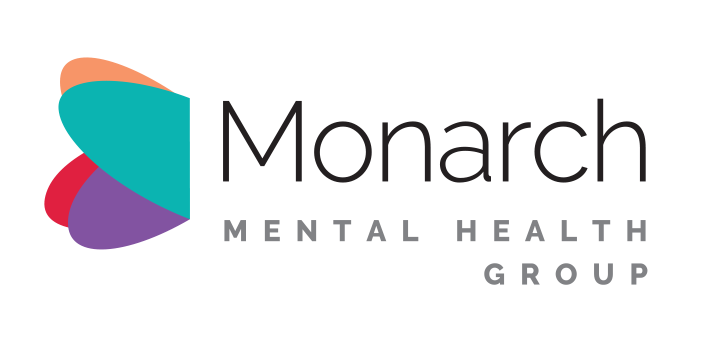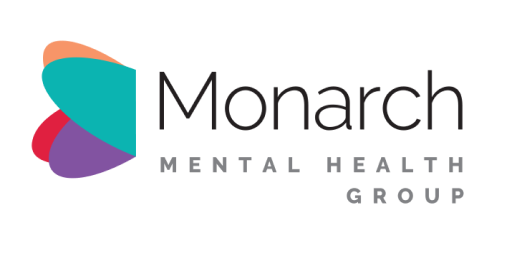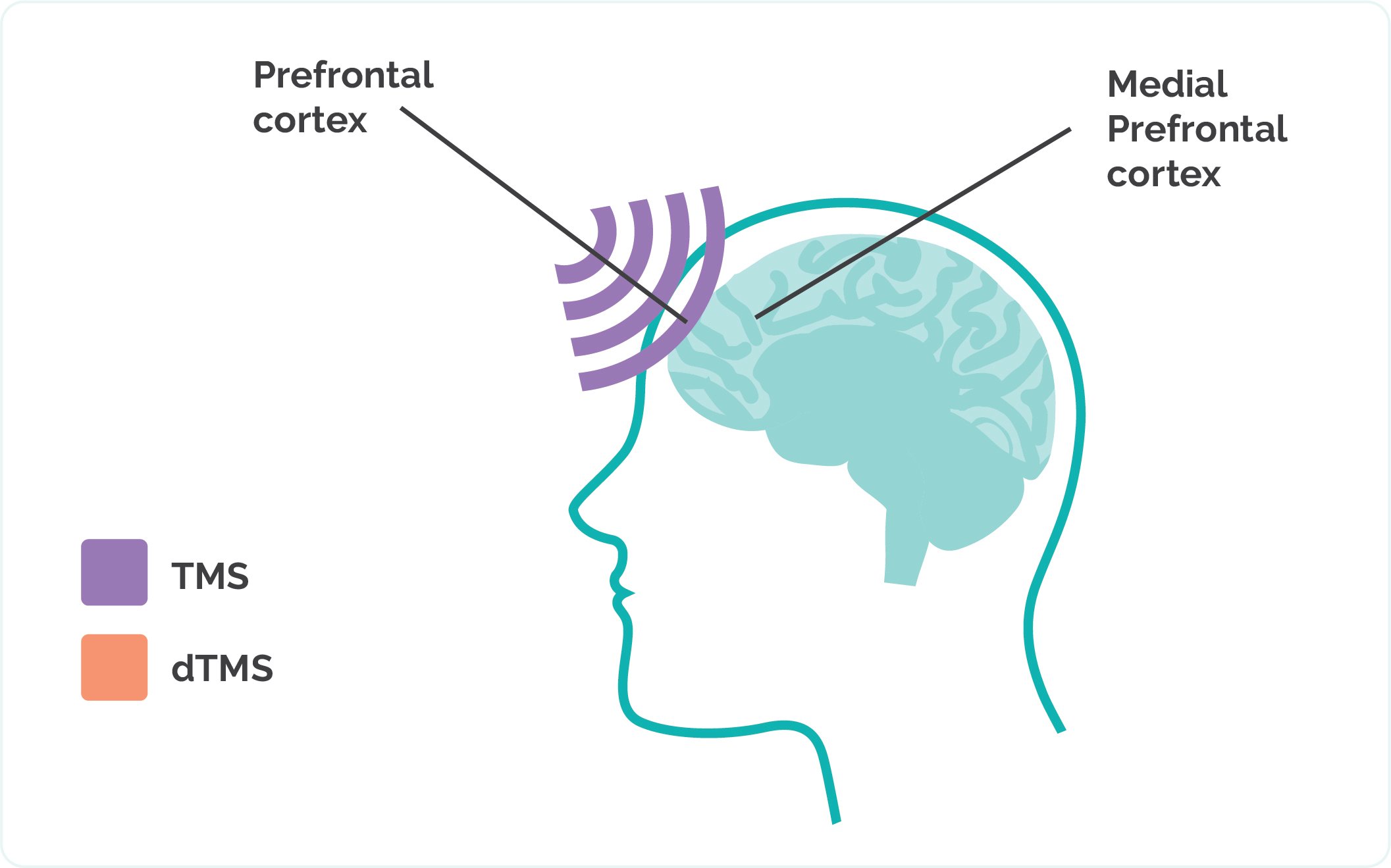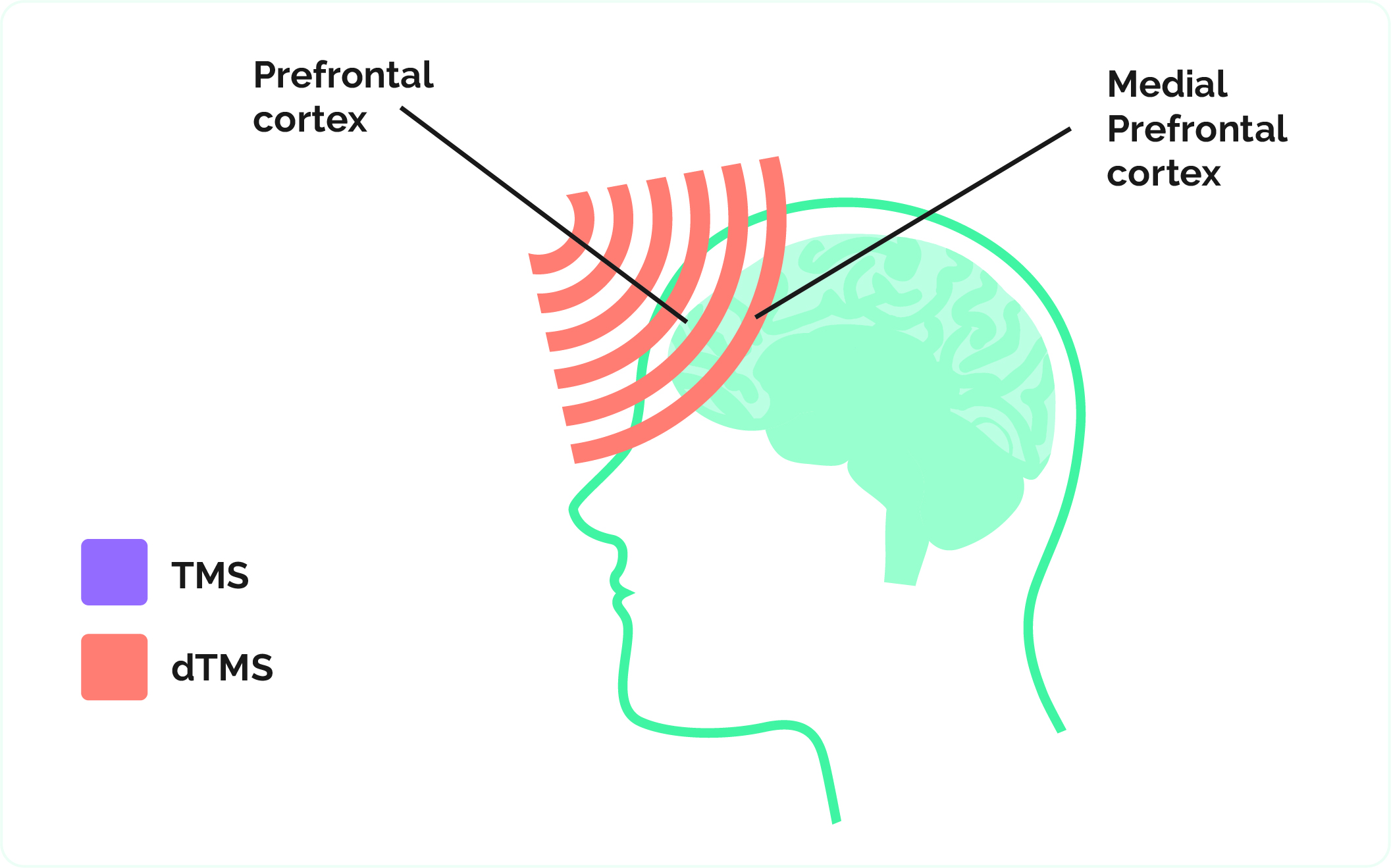TMS - Effective Next-Step Treatment
-1.jpg)
Transcranial Magnetic Stimulation
Neurostimulation/TMS is a non-invasive treatment for people with depression, anxiety, PTSD and other mental health disorders who have not responded to other therapies. It is often referred to as a next-step treatment. TMS for Depression has the advantage of no side-effects and is medication free.
The Monarch Mental Health Group is a leader in the innovative treatment of depression and anxiety. With over 20 years’ experience treating thousands of people, the Monarch Mental Health Group has a wealth of knowledge and experience. The group is a psychiatrist-led Australian mental health care provider focusing on early access to innovative first step and next-step services for people experiencing a range of mental health disorders.
Repetitive transcranial magnetic stimulation (rTMS)
What is it?
rTMS, or Repetitive Transcranial Magnetic Stimulation is an effective treatment for depression. TMS has been used to treat tens of thousands of people with depression worldwide. It has also been used to treat conditions such as anxiety, obsessive compulsive disorder, and post-traumatic stress disorder.
How does it work?
rTMS uses a pulsing electromagnetic coil positioned on the patient’s head to generate a magnetic field to stimulate the nerve cells of the brain.
In people with depression, areas of the brain that control emotion may be under-active. Stimulating the prefrontal cortex with TMS activates the positive mood circuits in the limbic system which is the emotional centre of the brain.
TMS targets your prefrontal cortex and stimulates the limbic system, the emotional centre of the brain.
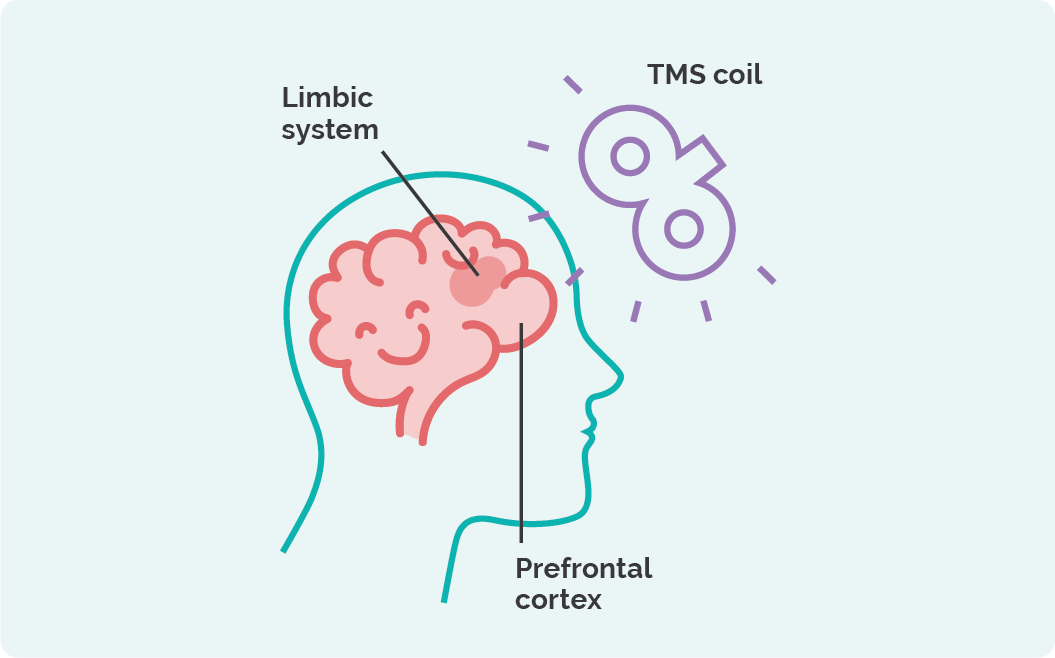

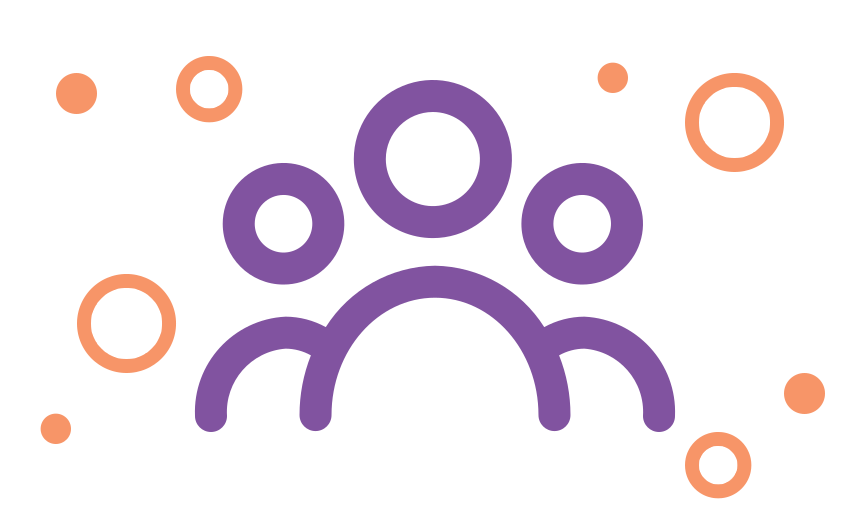
Initial consultation with a psychiatrist bulk billed.
The Monarch Health Group Can Help
FAQs
Deep transcranial magnetic stimulation (dTMS)
What is it?
Deep transcranial magnetic stimulation is a type of TMS that uses a specially designed coil to achieve deeper and broader penetration of electromagnetic stimulation into the brain. In people with obsessive compulsive disorder, stimulation of the medial prefrontal cortex has been found to improve symptoms.
What is symptom provocation?
Research has found that the benefits of dTMS are greater if the targeted areas of the brain are active at the time of treatment. Symptom provocation is designed to activate areas involved in OCD symptoms prior to treatment. The purpose of this is to bring on your symptoms of OCD, but only to a limited degree of severity, immediately before the treatment session.
FAQs
Transcranial direct current stimulation (tDCS)
What is it?
tDCS is an emerging neuromodulation technique that is offered by The Monarch Clinic Australia as a treatment for depression. Research has shown that tDCS can benefit in the treatment of depression. In Australia, the Therapeutic Goods Administration (TGA) has approved devices for tDCS for use in depression and other psychiatric and neurological conditions. tDCS uses a weak electric current that passes through electrodes placed on the scalp to subtly modify brain activity. Treatment is delivered by a small, portable battery-driven device.
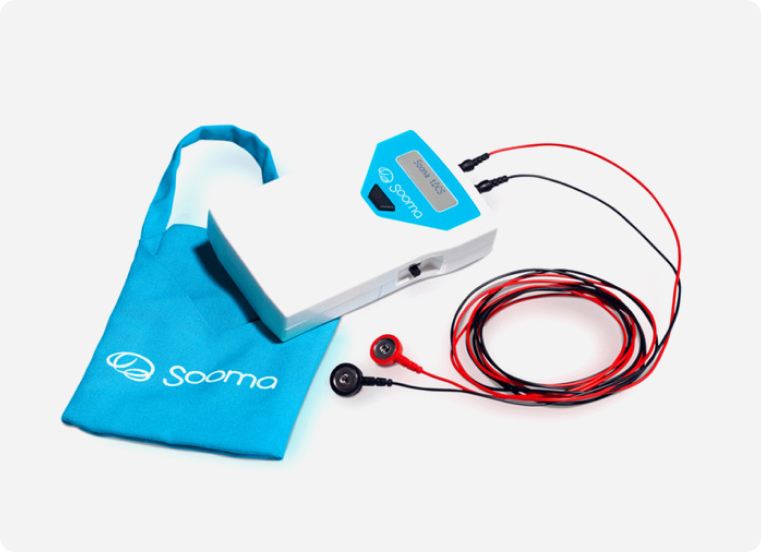
tDCS therapy can be safely delivered at home. The treatment is painless and patients often continue with normal activities like reading or watching TV while receiving treatment. In fact, activating your brain during treatment can help maximise the effect.
How does it work?
tDCS utilises low levels of electric current to stimulate the brain. Small, battery-powered electrodes are placed on the head and secured with a cap or elastic strap (depending on the device). The electrodes are connected to a stimulator that sends weak electrical currents into the patient’s brain. tDCS does not deliver the same level of stimulation as TMS. It does not require attendance at a clinic, and patients can be trained to self-administer treatment at home under the guidance of our clinical team.
FAQs
Both tDCS and TMS are brain stimulation treatments but they work differently, and they are not the same treatment.
tDCS does not deliver the same level of stimulation as TMS. It does not require attendance at a clinic, and patients can be trained to self-administer treatment at home under the guidance of our clinical team.
While tDCS can help more patients gain access to treatment – it is not suitable for everyone. The Monarch Clinic Australia Patient Care Team will review criteria with you in detail during your initial call. tDCS may be suitable for patients:
- Who can’t have TMS due to pre-existing conditions
- Unable to attend a clinic (e.g. live too far away)
- Who require ongoing maintenance treatment following a course of TMS therapy
Our Difference
Psychiatrist-led mental health service
Fast access to all services
Evidence-based, individualized treatment programs

